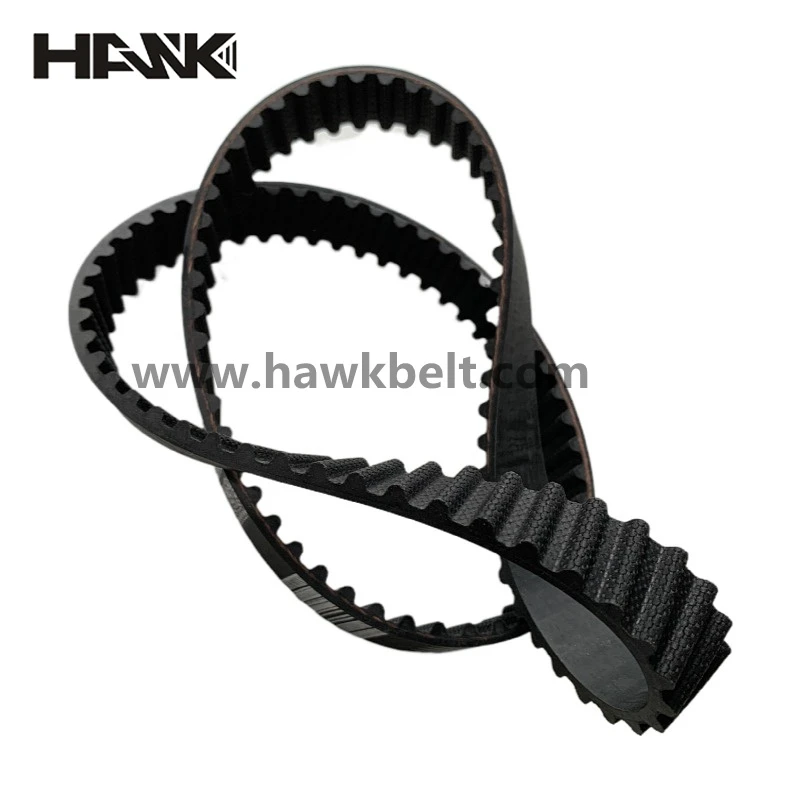- Arabic
- French
- Russian
- Spanish
- Portuguese
- Turkish
- Armenian
- English
- Albanian
- Amharic
- Azerbaijani
- Basque
- Belarusian
- Bengali
- Bosnian
- Bulgarian
- Catalan
- Cebuano
- Corsican
- Croatian
- Czech
- Danish
- Dutch
- Afrikaans
- Esperanto
- Estonian
- Finnish
- Frisian
- Galician
- Georgian
- German
- Greek
- Gujarati
- Haitian Creole
- hausa
- hawaiian
- Hebrew
- Hindi
- Miao
- Hungarian
- Icelandic
- igbo
- Indonesian
- irish
- Italian
- Japanese
- Javanese
- Kannada
- kazakh
- Khmer
- Rwandese
- Korean
- Kurdish
- Kyrgyz
- Lao
- Latin
- Latvian
- Lithuanian
- Luxembourgish
- Macedonian
- Malgashi
- Malay
- Malayalam
- Maltese
- Maori
- Marathi
- Mongolian
- Myanmar
- Nepali
- Norwegian
- Norwegian
- Occitan
- Pashto
- Persian
- Polish
- Punjabi
- Romanian
- Samoan
- Scottish Gaelic
- Serbian
- Sesotho
- Shona
- Sindhi
- Sinhala
- Slovak
- Slovenian
- Somali
- Sundanese
- Swahili
- Swedish
- Tagalog
- Tajik
- Tamil
- Tatar
- Telugu
- Thai
- Turkmen
- Ukrainian
- Urdu
- Uighur
- Uzbek
- Vietnamese
- Welsh
- Bantu
- Yiddish
- Yoruba
- Zulu
des . 07, 2024 04:26 Back to list
Understanding Lathe Belt Mechanisms and Their Importance in Machining Processes
Understanding Lathe Belts The Unsung Heroes of Machining
In the world of machining and manufacturing, lathe belts play a crucial yet often overlooked role. These belts are integral components that drive the rotational motion of lathes, a key machine tool used for shaping materials such as wood, metal, and plastic. Understanding lathe belts, their types, and their maintenance can greatly enhance machining efficiency and accuracy.
Types of Lathe Belts
Lathe belts come in various types, each designed to meet specific operational needs. The most common types include flat belts, V-belts, and round belts.
1. Flat Belts These are the most traditional type, characterized by their flat surface. Flat belts are typically used in older lathes and are known for their simplicity and ease of replacement. They can be made from materials such as leather, rubber, or synthetic composites. Flat belts are effective for transferring power over long distances but may be prone to slipping if not properly tensioned.
2. V-Belts These belts have a trapezoidal cross-section, which allows them to fit snugly into corresponding grooves on pulleys. V-belts are more efficient in power transmission compared to flat belts, as they have a larger surface area in contact with the pulley, reducing the chances of slippage. They are commonly used in modern lathes and are favored for their durability and ability to handle heavy loads.
3. Round Belts These belts are cylindrical and are often used in applications requiring flexibility and adaptability. Round belts are typically used in smaller lathes or those with variable speed applications. They can be made of rubber or polyurethane and are effective for applications with shorter distances between pulleys.
Importance of Proper Maintenance
lathe belt

Maintaining lathe belts is essential for the longevity and performance of the machine. Proper tensioning is critical; belts that are too loose may slip, leading to inconsistent machining results, while belts that are too tight can strain the motor and cause premature wear. Regular inspection for wear, fraying, or cracking is crucial. If a belt shows signs of damage, it should be replaced immediately to avoid further complications.
Another maintenance aspect involves ensuring the pulleys are aligned correctly. Misalignment can cause uneven wear and can significantly reduce the belt's lifespan. Keeping the lathe clean and free from debris is also important, as dirt can accumulate and interfere with belt performance.
Choosing the Right Belt
When selecting a lathe belt, several factors must be considered, including the type of lathe, the power requirements, and the operational environment. For instance, if a lathe is frequently used for high-speed operations, a V-belt may be the best choice due to its efficiency and stability. Conversely, for applications involving lighter materials or lower speeds, a flat or round belt might suffice.
It's also advisable to consult the manufacturer's specifications to ensure compatibility. Using the incorrect belt type can lead to performance issues and may void warranties.
Conclusion
Lathe belts may not be the most glamorous components in the machining process, but they are undeniably vital to the functionality of lathes. By understanding the different types of belts, their maintenance needs, and how to select the right one for your machine, you can ensure optimal performance and longevity for your lathe. Whether you're a hobbyist or a professional machinist, taking the time to appreciate the role of lathe belts can lead to better craftsmanship and more efficient production processes. So, the next time you power up your lathe, take a moment to acknowledge the belt that makes it all possible – the unsung hero of machining!
-
Korean Auto Parts Timing Belt 24312-37500 For Hyundai/Kia
NewsMar.07,2025
-
7PK2300 90916-T2024 RIBBED BELT POLY V BELT PK BELT
NewsMar.07,2025
-
Chinese Auto Belt Factory 310-2M-22 For BMW/Mercedes-Benz
NewsMar.07,2025
-
Chinese Auto Belt Factory 310-2M-22 For BMW/Mercedes-Benz
NewsMar.07,2025
-
90916-02660 PK Belt 6PK1680 For Toyota
NewsMar.07,2025
-
drive belt serpentine belt
NewsMar.07,2025

